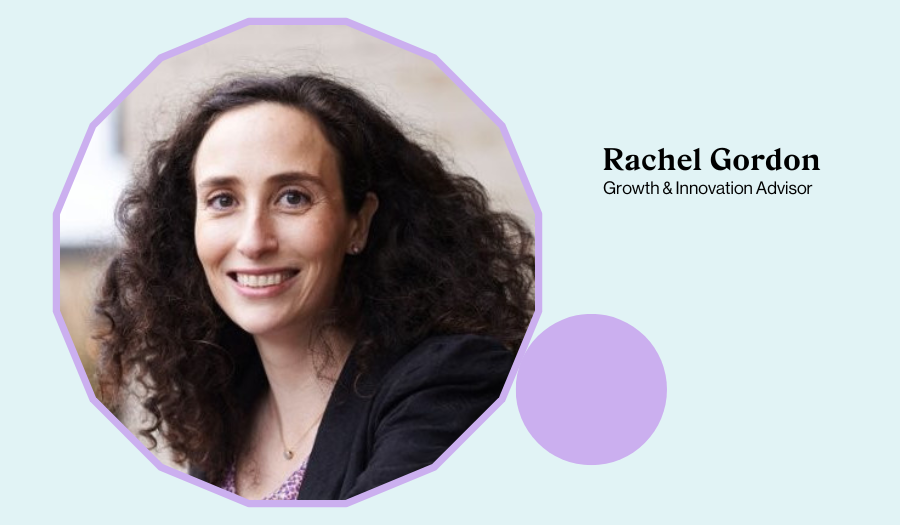According to a recent McKinsey report, eight in ten surveyed CEOs report new-business building as a top five priority despite recent heightened economic volatility. Leaders, especially in the Consumer Packaged Goods (CPG) space, recognize that innovation will make or break the future of their business.
Yet for your best talent, joining an innovation team feels like a career dead end.
Typically, inside established CPG companies, the rock stars are those who run a brand and manage a P&L. If your organization is constantly promoting brand and general managers, your high-performing talent is going to seek out these positions to climb the corporate ladder.
In other words, your best talent is proactively avoiding the innovation team.
The mismatch is clear. To lead your industry into the future, the perception of innovation and how it’s valued at your company must change. What could change if it were difficult to get a spot on the innovation team because it’s where the best talent goes to succeed?
Here are three shifts forward-thinking companies are making to incentivize and attract top talent to their innovation teams.
1. Create a path to leadership that goes through innovation instead of around it.
Many large companies invest in high-potential programs to create their future leaders. HR departments spend considerable resources on training and coaching to elevate the performance of their chosen superstars. The programs often include prescribed paths for promotions and rotations across different functions, brands, and geographies, as well as presentations to the CEO. Rotations often include sales and marketing but not innovation.
Make innovation a core pillar of your high-potential program.
- Teach them to be role models of an experimentation (test & learn) mindset across the business.
- Include a 2.5 +year rotation on a dedicated innovation team prior to promoting them to senior positions in other functions.
Longer-term positions in innovation build continuity, provide a greater chance to commercialize innovations, and establish your company’s commitment to both innovation and innovation talent.
2. Make innovation roles competitive and rewarding
“Innovation” has been a buzzword in the C-suite for a long time. But many organizations have failed to ‘put their money where their mouth is’ when it comes to rewarding innovation teams for delivering new marketable products.
To get your top performers clamoring for a spot on the innovation team, make it clear innovation is valued and rewarded in your organization.
- Offer competitive compensation structures: Set up compensation structures similar to sales commissions based on progressed/launched innovations.
- Provide access to CXO leaders: The C-suite should be focused on the future growth of the company, which is exactly the mission of the innovation team. Require C-suite members to spend time with the innovation team on their joint goals, giving greater visibility and recognition to the innovation team.
- Create an Innovation Specialist career path. For those who want to stay in innovation vs. rotate in, a career path to different geographies and parts of the business could be established, similar to brand marketing. Don’t lose your best innovators by failing to have a better option for them.
- Publicly celebrate the wins and learnings of the innovation team to inspire more collaboration and spark new ideas across functions.
3. Treat Innovation like a discipline, not an ad hoc collection of projects
In today’s constantly shifting market, innovation is a core competency most companies can’t afford to keep outsourcing.
To attract the best talent to innovation teams--and innovative thinkers to your company at large–modern leaders must stop treating innovation as projects with one-off deliverables.
Move from “projects” to Programs and repeatable ways of working that make innovation an expected outcome.
- Create systems, structures and governance that are intentionally designed for innovation vs the core business
- Examine core values, decision-making processes, incentive structures (see above), how your company handles failed innovations, how you report on wins and losses and reflect on the “invisible” obstacles
- Challenge your teams to integrate experimentation, learning, humility and sharing as critical disciplines across the organization.
Innovation and growth don’t happen by accident. Innovation is difficult and requires intention. As someone who has worked inside Fortune 500 companies, I have seen first-hand that large companies CAN succeed at innovation. Even in mature, slow-moving businesses like consumer-packaged goods (CPG) companies, the foundations for innovation can be built to repeatedly unlock growth.
Connect with Rachel on Linkedin.

